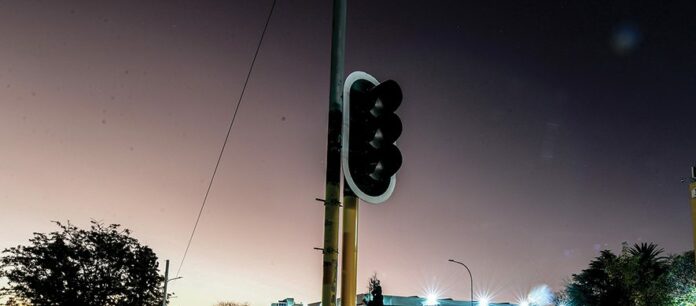There are fears that Eskom’s loadshedding in 2023 could move to unprecedented levels and cause even more disruption to the economy and the lives of ordinary South Africans.
These concerns stem from the failure of the power utility to ensure maximum generation capacity from its plants.
In addition, Eskom has run out of money to burn diesel; the use of poor-quality coal supply is affecting the power utility’s ability to produce power; and Koeberg nuclear power station’s 920MW unit 1 needs to go offline for maintenance and refuelling.
Chris Yelland, the MD of energy consultancy EE Business Intelligence, said several factors were hindering Eskom’s generation capacity.
The 800MW unit 4 at the Medupi power station in Limpopo suffered a catastrophic explosion last year and will take at least another two years to fix.
The 800MW unit 5 at the Kusile power station in Mpumalanga suffered a fire, which delayed its commissioning by a year. In addition, the flue gas duct, the equivalent of a chimney, at Kusile failed, taking out three more 800MW Kusile units for at least six months.
Eskom has also run out of money during its current financial year to buy diesel for its open cycle gas turbines, which have a combined 2 000MW of generation capacity.
“On top of the loss of this generation capacity, Eskom’s other power stations have random breakdowns. If you look at the long-term and ongoing breakdowns, the outlook for power generation is bleak.”
Energy analyst Ted Blom said Eskom was losing generation capacity due to its use of poor-quality coal. “Eskom has not invested in its long-term coal supply since 2002. As a result, most of the existing coal mines are battling to supply the required coal because they have been unable to develop their mines,” he said.
Blom alleges coal miners provided Eskom with poor quality coal, including rock and sand. “Eskom is not picking up the [poor quality of the coal] because they are not doing proper sampling,” he said.
The Energy Intensive Users Group of Southern Africa (EIUG) has 27 major corporate members that together account for over 40% of the energy consumed and collectively contribute to 22% of the South African gross domestic product. EIUG CEO Fanele Mondi said the members of his association were finding it challenging to operate given the frequency of Eskom’s power cuts.
“On top of production disruptions [due to the loadshedding], they [EIUG members] also have a huge responsibility in terms of the safety of their employees and equipment,” Mondi said.
He said the EIUG members were aware of the concerns that Eskom’s loadshedding could extend to stage 7 or 8 in the future. As a result, they were trying to understand the implications if that arose.
Yelland said from the middle of December to the middle of January is a time of low energy demand. “The likelihood is that the local energy situation will not get worse over the next month. However, from January 15, the plants, factories and mines get back into full swing.
“When demand picks up next year, it is conceivable that there will be stage six, seven or eight loadshedding,” Yelland said.
Blom said if Eskom moved to stage eight, the power utility would probably load shed for more than 12 hours daily. Eskom could cut power for 10 to 11 hours a day during stage seven.
According to Blom, Eskom came close to reaching stage seven earlier this month.
Yelland said businesses and households should install power-generation facilities, including solar photovoltaic panels and battery energy storage systems.
For the latest entertainment news from Sunday World, click here.
Or read the latest from Shwashwi here.
Follow @SundayWorldZA on Twitter and @sundayworldza on Instagram, or like our Facebook Page, Sunday World, by clicking here for the latest breaking news in South Africa. To Subscribe to Sunday World, click here



